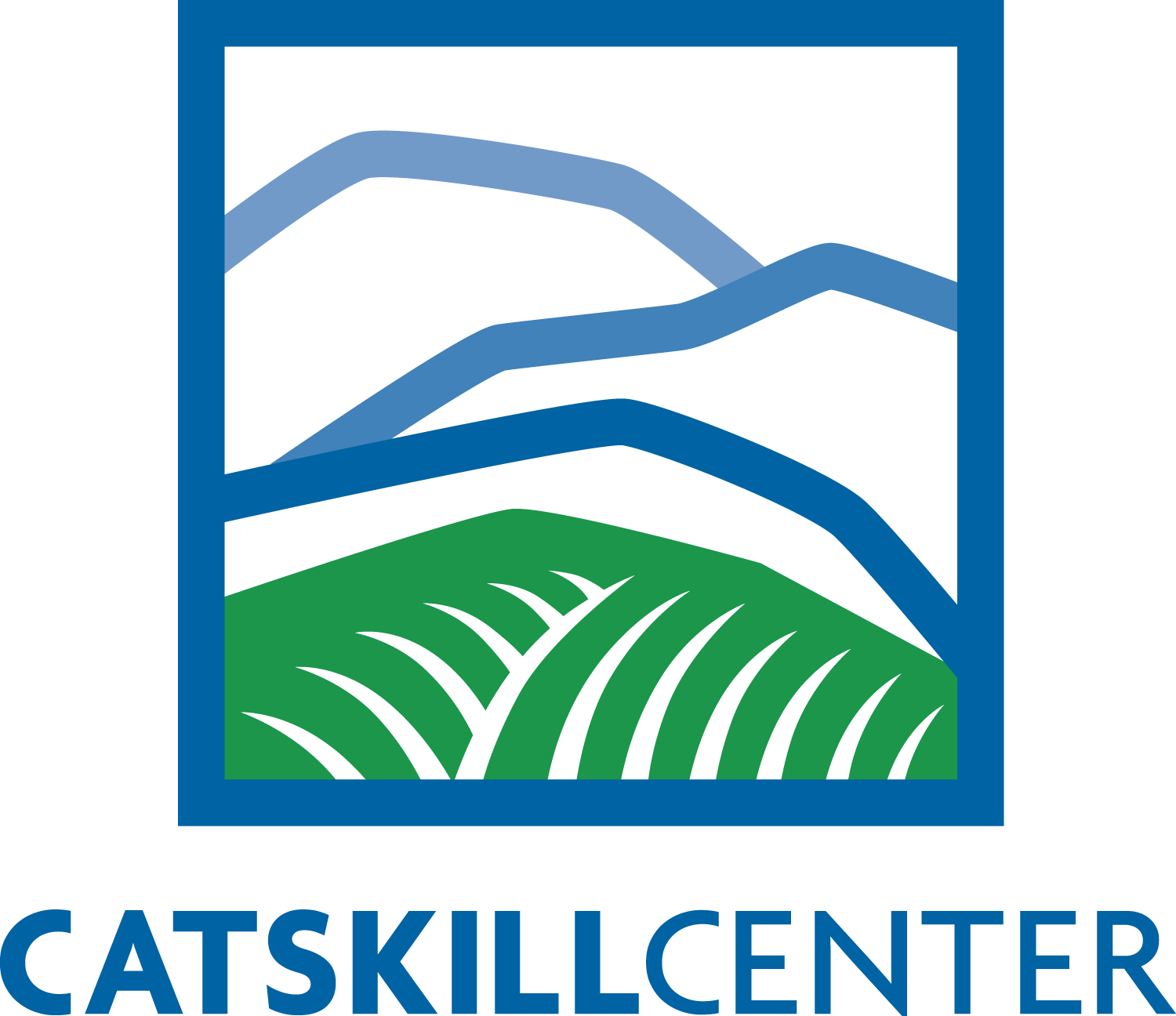Maple Sugaring. A Catskills Tradition
As we usher in April, we’re seeing the close to yearly maple season in the Catskill Mountains. We’re lucky in this region to have a climate suitable for maple syrup production, which usually begins in late January or February.
By the end of winter and early spring, syrup producers throughout the area spend long hours collecting and boiling down the year’s supply of tree sap into the maple syrup we love.
Tree sap is where it all starts — a clear liquid just like a sugar water. This liquid is produced by sugar maple trees and "runs" when nights are cold (below 32 degrees Fahrenheit) and days are warmer, rising over 40 or so degrees. The sap is collected from holes drilled into the bark, cambium, and sapwood of large numbers of sugar maple trees, which drips into metal buckets or flows through a system of tubes led by gravity to a sap house or a sugar shack.
Maple sap flowing into a sugar shack
Photo: Heather Phelps-Lipton
The tradition of tapping sugar maple trees dates back to indigenous peoples. Native tribes showed European settlers that they could carve into a sugar maple’s bark in early spring and allow the sweet tree sap to release. At the time, people used wooden bowls attached to the trees to collect the sap. Boiling over a fire was traditional to produce the syrup, sometimes hot stones were put into the liquid to create a thicker syrup.
Gravity fed sap collection lines
Photo: Heather Phelps-Lipton
Today, collected tree sap is typically reduced in an evaporator, which converts a large portion of the sap's water to vapor, producing syrup in its stead. Various colors or grades of maple syrup are produced depending on the length of time that it’s boiled — for every 30 gallons of tree sap, about 1 gallon of table syrup is produced.
The Ashokan Center, a nature-based education center in Olivebridge, NY does tapping demonstrations and maple sugaring activities for schools and families. They recently hosted a Live Maple Fest on Facebook that’s worth a watch! It shows the steps of the process to make syrup and offers some fun maple activities to do at home, such as blind taste tests with real maple syrup and artificial syrup, and how to make maple taffy with crushed ice and boiled syrup. The video also features live folk music by Jay, Molly, and Ruth Ungar.
For a list of Catskills-based maple syrup producers, Watershed Post has a great list by county here.
-Olivia, Catskills Visitor Center, obernard@catskillcenter.org
Maple syrup
Photo: Heather Phelps-Lipton
Delicious Whole Wheat Pancakes
As adapted from Betty Crocker’s Cookbook.
Makes about 6 large pancakes or 9 smaller cakes.
Dry ingredients:
1 cup whole-wheat flour or whole-wheat pastry flour
2 teaspoons baking powder
1 tablespoon sugar
¼ teaspoon salt
Wet ingredients:
1 cup milk (low-fat dairy milk is fine - if using non-dairy milk, consider unsweetened soy or hemp milk)
1 egg, lightly beaten
2 tablespoons of mild flavor oil (vegetable or canola, in a pinch olive oil works fine, too)
a couple of pats of butter
a cast iron skillet
(if available) a bowl of frozen wild blueberries
Mix the wet ingredients in a small bowl, scrambling the egg. Stir the dry ingredients together in a separate bowl. Combine wet and dry mixtures with a whisk. If you notice the mixture is a little liquidy, add dashes of extra flour until a whisk gives light resistance.
Put a cast iron or other skillet on a stove over medium heat to allow it to warm up. When water droplets sizzle on the surface, you can add the first teaspoon or so of butter to the pan. Earth Balance or a similar vegan alternative to butter also work well.
When you pour the batter onto the hot skillet, ¼ or ½ of a cup of the mixture is perfect. If adding blueberries, scatter a few on top while the batter cooks. Keep the blueberries in a bowl in the freezer when not in use.
As bubbles start to appear, about 5-7 minutes later, check the pancake before flipping. If it’s golden or a little darker, flip to the other side. Repeat this for the second side. Put on a plate with a lid to keep warm. Repeat for the rest of the batter, adding a little more butter to the pan each time.
When ready to serve, use some locally bottled New York maple syrup to pour over pancakes! Local bacon and eggs served on the side make this even heartier.
Pancakes and maple syrup at Buck Hill Farm, Jefferson NY
Photo: Heather Phelps-Lipton




